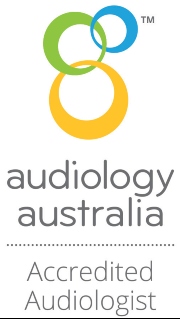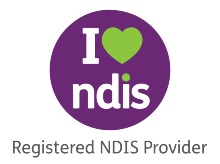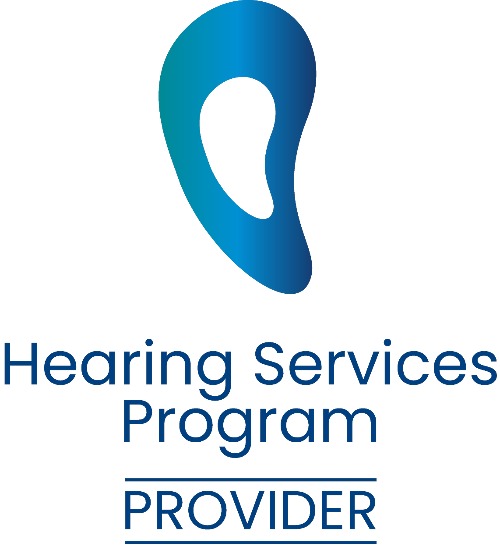Bluetooth Hearing Aids
Bluetooth Hearing Aids - The Evolution of Hearing Aids
In recent years, the integration of Bluetooth technology into hearing aids has revolutionised the way people with hearing loss experience the world around them. This innovative development not only enhances the functionality and convenience of hearing aids but also significantly improves the overall quality of life for those who rely on amplification.
Hearing aids have come a long way since their inception in the late 19th century. Initially, they were large and cumbersome devices that offered limited assistance to those with hearing loss. Advancements in technology have led to the development of smaller, more discreet, and highly effective hearing aids. The integration of Bluetooth technology into these devices represents a major leap forward.
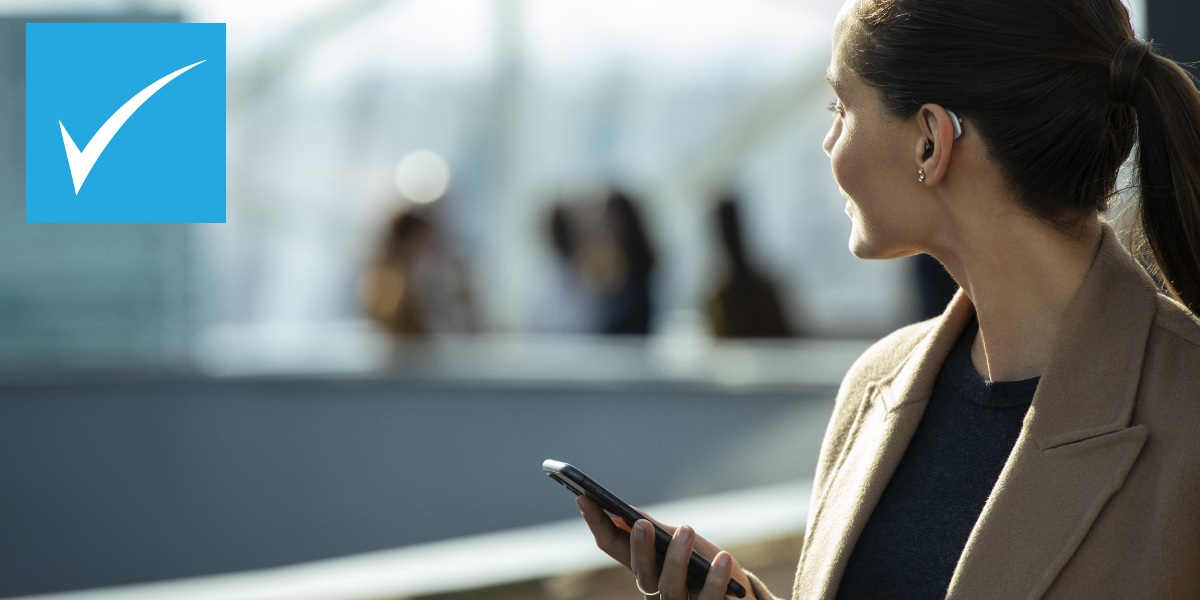
Older style hearing aids limited your access to personal audio devices such as mobile phones and music players. For example, in order to use a music player while walking, you would have had to remove your hearing aids to accommodate a pair of earbuds. However, today’s sophisticated wireless hearing aids make it possible to connect with personal electronic devices to directly stream signals to your hearing aids using Bluetooth technology.
What is Bluetooth?
Bluetooth is a wireless communication platform that allows the transfer of data between two or more electronic devices. The technology uses radio waves set to a high frequency to transmit data without interference or security risks. A wide variety of products incorporating Bluetooth connectivity have been developed, including mobile phones, music players, computers, tablets, cars and televisions.
What are the Benefits of Bluetooth Technology with Hearing Aids?
Bluetooth technology is a wireless communication standard which allows various electronic devices to connect and exchange data over short distances. When Bluetooth is incorporated into hearing aids, it offers substantial benefits.
Seamless Connectivity
Bluetooth-enabled hearing aids can connect to smartphones, televisions, tablets, and other compatible devices. This seamless connectivity empowers you to stream audio directly into your hearing aids, providing a clear and personalised listening experience.
Improved Sound Quality
Bluetooth technology enhances the sound quality of audio transmitted from connected devices. You can adjust the volume and settings from your smartphones, enabling you to adapt to different environments and situations.
Hands-Free Communication
Bluetooth-enabled hearing aids facilitate hands-free phone calls, making it easier for you to stay connected with friends and family. The calls are streamed directly into your hearing aids, reducing background noise and ensuring clarity.
For a phone, it may be desirous to stream the signal to just one hearing aid so as to keep the other one accessing the other sounds in the room. This hands-free solution sure beats trying to position the mobile phone receiver close to your hearing aid microphone!
Personalised listening experience
Bluetooth hearing aids can be customised using smartphone apps, allowing you to fine-tune your listening experience. You can change the volume or program, or adapt the settings to suit your preferences and environment, ensuring a comfortable auditory experience.
The audio signal can usually be set to stream to one or both hearing aids and the streamed signal can be amplified and shaped to match your hearing aid’s personalised settings. The volume of the stream may be controlled by the hearing aids or the smartphone app. In the case of a music player, the hearing aids can become a set of wireless ear buds.
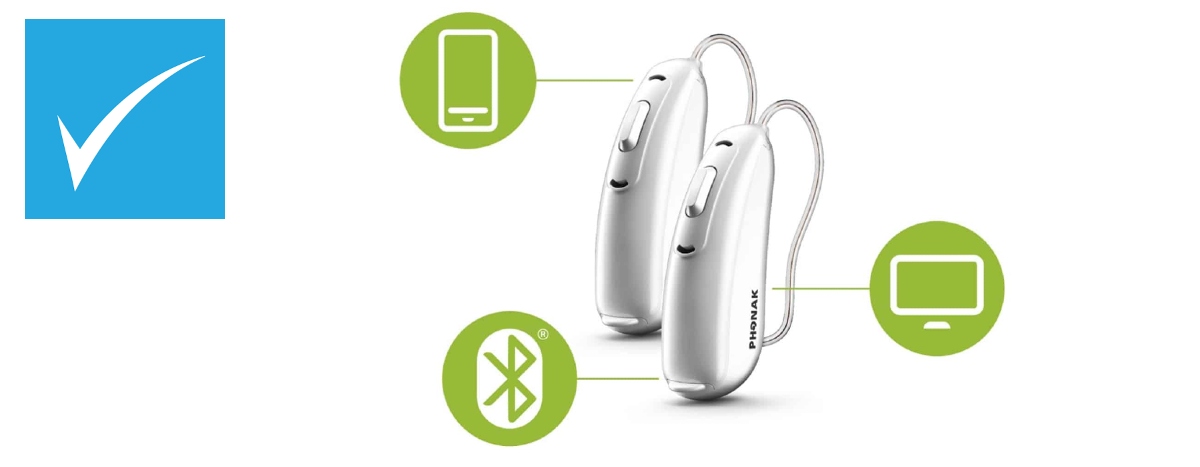
Remote Control
You can use your smartphones or other connected devices to control your hearing aids remotely. This includes adjusting volume, changing settings, and switching between different audio sources. It provides you with the flexibility to adapt to your environment and preferences.
Remote Support
Audiologists can provide remote assistance and fine-tuning for Bluetooth hearing aids, reducing the need for in-person appointments. This is especially valuable for maintenance, adjustments, and troubleshooting and ensures that you receive flexible and the best possible care and support.
Multiple connections
Multiple devices can usually be paired so you can easily switch between different devices. For example, you can be connected to your mobile phone while you’re streaming a movie from your tablet. You can then interrupt or pause the audio from your tablet in order to bring you the audio signal from an incoming phone call.
Standard protocol
Last but not least, Bluetooth is an electronics industry standard protocol. It’s not unique to a particular hearing aid or hearing aid manufacturer, so there is uniformity in the way that it works across all devices. The platform has been tested and refined already, as it’s been in use for many years in the mobile phone industry. The Bluetooth connection is secure and there’s no interference.
How do Bluetooth hearing aids work?
Bluetooth Connectivity
Bluetooth is a wireless communication standard that allows electronic devices to connect and exchange data over short distances. Bluetooth hearing aids are equipped with Bluetooth chips and antennas, allowing them to establish connections with other Bluetooth-enabled devices.
Pairing
To connect a Bluetooth hearing aid to a compatible device, you need to pair them. Pairing is a one-time setup process that establishes a secure connection between the hearing aids and the device. This typically involves going to the device's settings, locating the hearing aids, and confirming the pairing process.
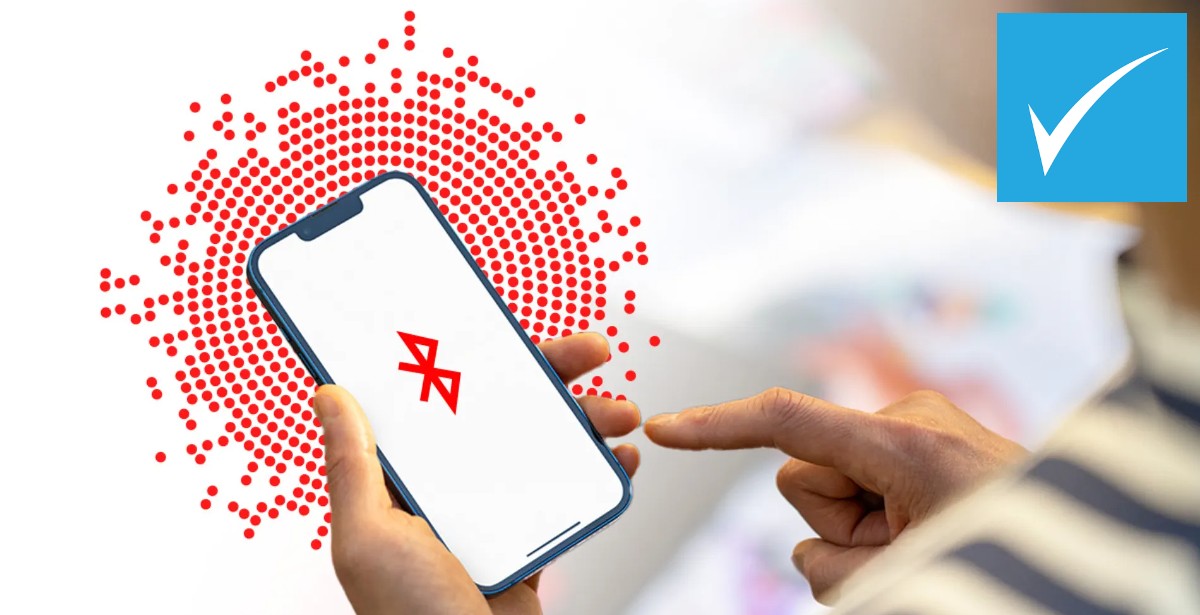
Streaming Audio
Once paired, the hearing aids can stream audio from the connected device directly into your ears. This can include phone calls, music, video content, and more. The audio is transmitted wirelessly from the source device to the hearing aids, providing a clear and personalised listening experience.
Adjusting Settings
Many Bluetooth hearing aids come with companion smartphone apps that allow you to customise your listening experience. These apps enable you to adjust volume, tone, and other settings, as well as switch between programs optimised for different listening environments, such as quiet rooms or noisy restaurants.
Compatibility
Most modern smartphones and other smart devices are equipped with Bluetooth capabilities, making it easy for you to connect your hearing aids to multiple devices. This ensures that you can enjoy seamless connectivity and optimal hearing experiences across various situations.
The Impact on Quality of Life
The integration of Bluetooth technology into hearing aids has had a profound impact on the quality of life for those with hearing loss.
Enhanced Social Engagement
Improved sound quality and hands-free communication make it easier for you to engage in conversations, connect with others, and participate in social activities.
Greater Independence
Bluetooth-enabled hearing aids give you more control over your hearing experiences. You can easily adjust settings and stream audio, allowing for greater independence and autonomy.
Work and Productivity
Bluetooth technology has improved communication in the workplace. This technology facilitates conference calls, remote meetings, and discussions, making it easier to collaborate effectively.
Enjoyment of Multimedia
Streaming audio from smartphones and televisions directly into hearing aids enhances the quality and enjoyment of music, movies, and other multimedia content.
Reduction of Stigma
Smaller, more advanced hearing aids that incorporate Bluetooth technology are less conspicuous, reducing the stigma often associated with hearing impairment.
The Future is Bright
The integration of Bluetooth technology into hearing aids represents a significant step forward in the development of hearing assistance devices. It enhances the overall quality of life for those with hearing loss by improving sound quality, facilitating communication, and increasing independence.
This innovation has not only improved the functionality of hearing aids but has also reduced the social and emotional barriers faced by individuals with hearing loss. As technology continues to advance, we can expect even more remarkable developments in the field of audiology, further improving the lives of those who depend on these life-changing hearing devices.
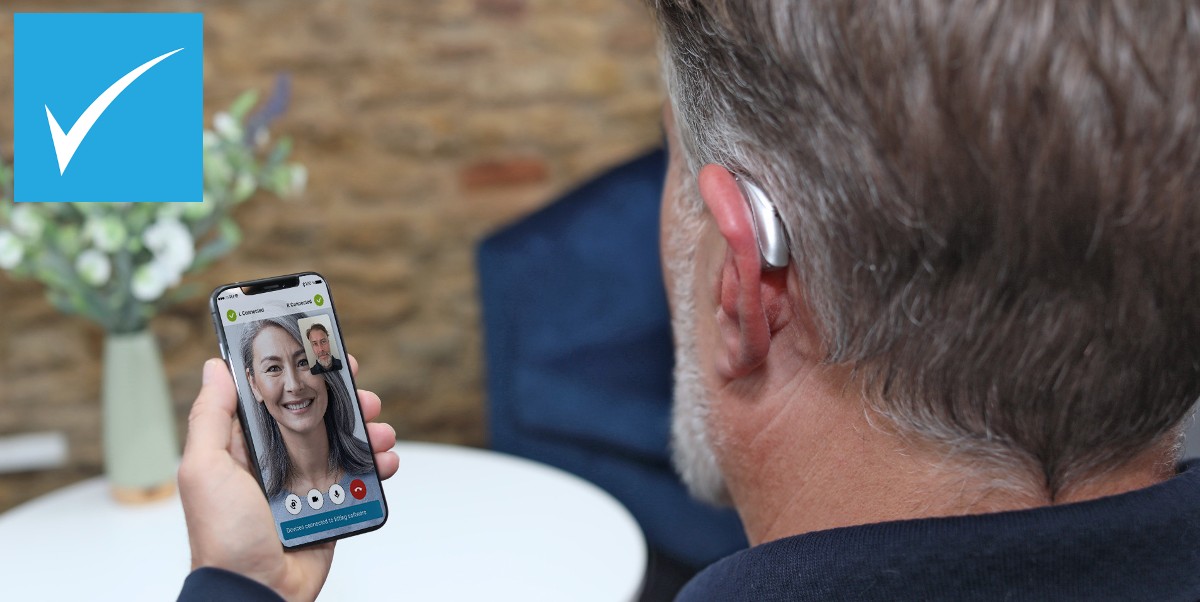
To use your hearing aids to stay connected to your network of friends and family and all of your latest audio devices, contact HEARING SAVERS on freecall 1800 00 4327 or email us at save@hearingsavers.com.au to find out more about Bluetooth hearing aids.
Google's ASHA protocol
To make hearing aids and smartphones work together, they need to support the same standards. Google created one such Bluetooth-based solution for all Android devices, called ASHA (Audio Streaming for Hearing Aids).
The open source standard was introduced with a handful of devices on Android 10 in 2019 and has since become available on most of the modern flagship phones with Bluetooth 5.0 and higher.
In contrast to regular Bluetooth Audio, ASHA is more energy-efficient and offers a few extra features. When your phone and hearing aids support ASHA, you can take advantage of a few advanced features in your phone's settings app or its quick settings toggles.
To check for compatibility, make sure the phone you have or want to buy is compatible with ASHA. This should be noted somewhere in its manual or in the specifications. You should also check with our Audiologist or hearing aid manufacturer. Some hearing aid manufacturers individually verify that their models are compatible with specific mobile phones.
Apple's MFi hearing devices program
When it comes to Bluetooth, Apple makes things easier. Apple offers a custom Bluetooth standard as part of the Made for iPhone (MFi) program. It also uses a Bluetooth Low Energy standard that streams audio at a high quality but with less energy consumption.
According to an Apple support page, the following products are compatible with MFi hearing aids:
- iPhone 5 or later
- iPad Pro (all models)
- iPad Air (all models)
- iPad (4th generation) or later
- iPad mini (all models)
- iPod touch (5th generation) or later
Apple also publishes list of supported hearing aids, which you can reference for your hearing aid purchase decision.
When you pair your hearing devices with more than one Apple product, it automatically switches to the device which currently has audio playing, much like it works with AirPods. Changes to your hearing profile you make on one device will be respected by your other Apple devices.

